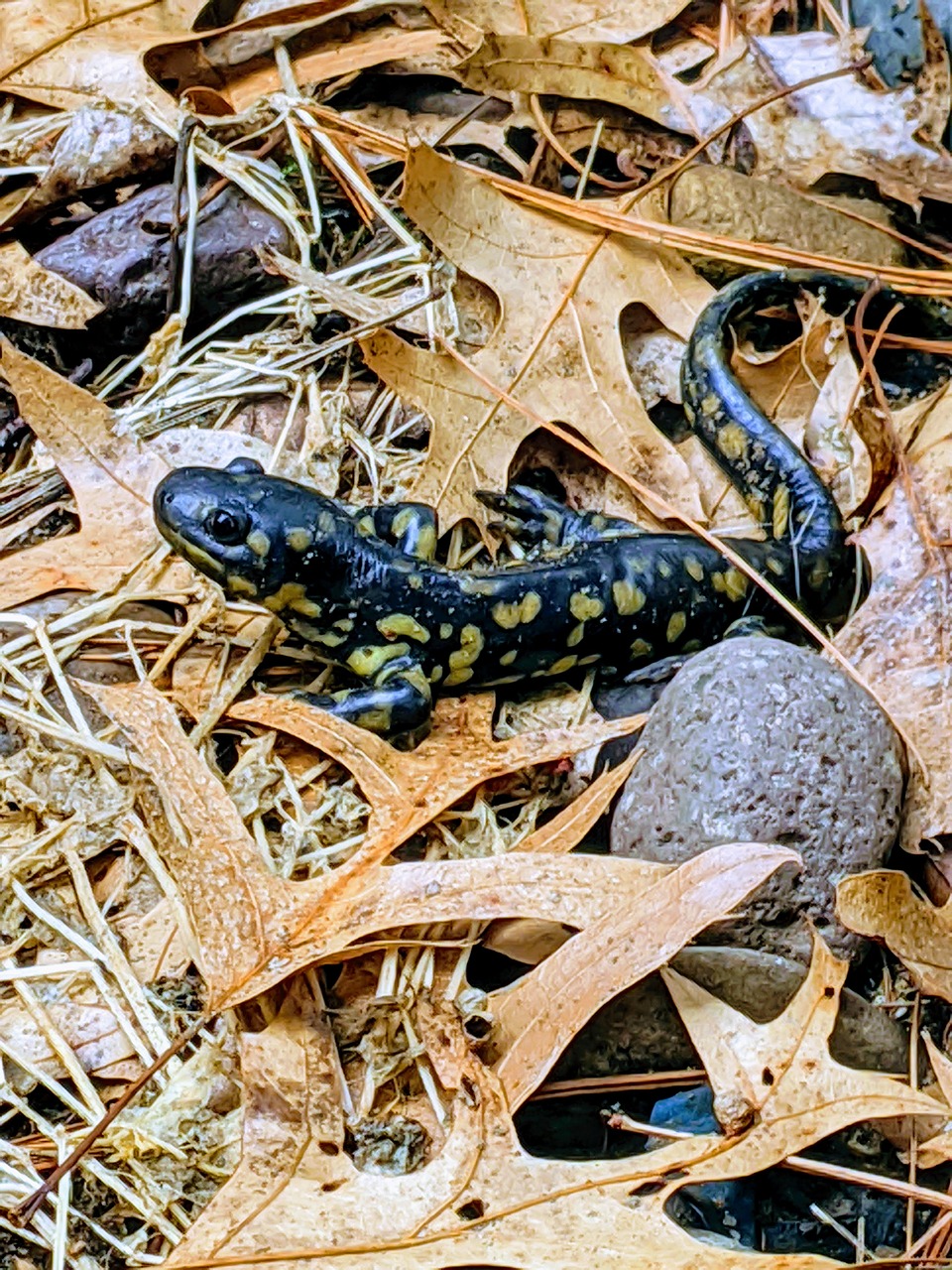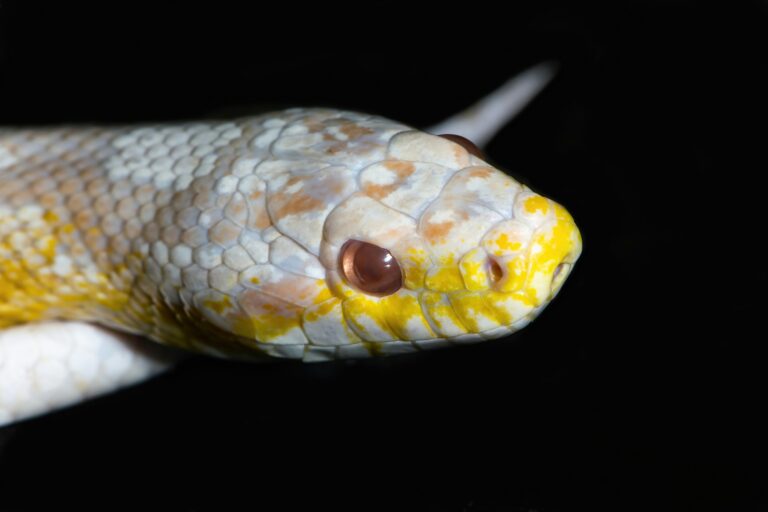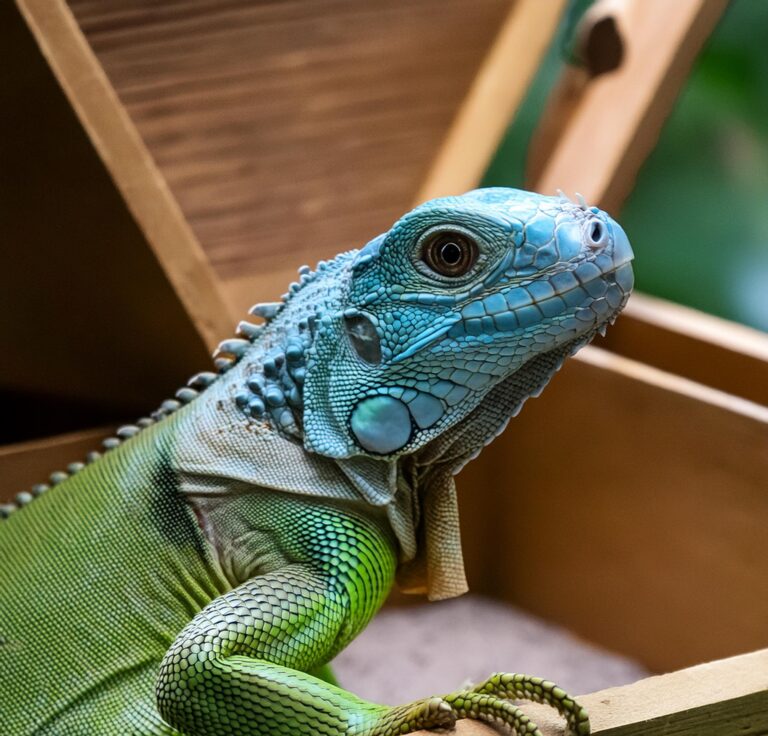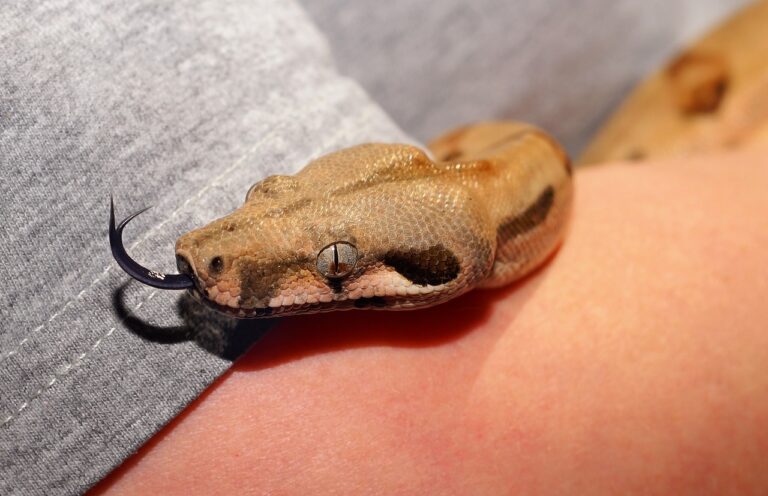Differences between Tiger Salamander Larvae and Axolotl
Are you curious about the differences between tiger salamander larvae and axolotls? Look no further! In this article, we will explore the unique characteristics of these two fascinating amphibians.
Tiger salamander larvae and axolotls are both known for their remarkable ability to regenerate body parts. However, there are several key distinctions between them.
Physical Characteristics and Appearance
Tiger salamander larvae and axolotls have distinct physical characteristics and appearance that set them apart from each other. Tiger salamander larvae have a sleek and streamlined body shape, with a long tail that aids in swimming. They have feathery external gills that resemble delicate fronds, which enable them to extract oxygen from the water. These gills are used for respiration during their larval stage. As they undergo metamorphosis and transition into adulthood, their gills shrink and are replaced with lungs. This transformation allows them to breathe air and live on land.
On the other hand, axolotls have a unique appearance that makes them stand out in the amphibian world. They have a stocky body with stubby legs and a long, flat tail. Unlike tiger salamander larvae, axolotls retain their larval features throughout their lives. One of the most striking characteristics of axolotls is their large branch-like gills, which are permanently attached to their heads. These gills enable them to breathe efficiently underwater, where they spend the majority of their lives. Axolotls also have a wide range of colors, including shades of pink, brown, and black, making them visually appealing.
In summary, tiger salamander larvae have a streamlined body and feathery external gills, while axolotls have a stocky body, large branch-like gills, and retain their larval features throughout their lives.

Habitat and Natural Range
The habitat and natural range of tiger salamander larvae and axolotls greatly influence their physical traits and behaviors. Tiger salamander larvae are typically found in ponds, lakes, and other freshwater bodies across North America. They are well-adapted to aquatic environments and can be found in both natural and man-made water sources. These larvae prefer cool and clean water with plenty of vegetation for hiding and hunting prey. They are most active during the night and spend their days hiding beneath rocks or burrowing into the mud.
On the other hand, axolotls are native to the Xochimilco region in Mexico, specifically the interconnected lakes and canals. These lakes are situated at high altitudes and provide a unique and stable ecosystem for the axolotls. The water in these lakes is warm, with a temperature ranging from 14 to 24 degrees Celsius. Axolotls are fully aquatic and require a large water volume to thrive. They are skilled swimmers and have the ability to regenerate lost limbs or damaged organs.
In conclusion, tiger salamander larvae are commonly found in freshwater bodies across North America, while axolotls are native to the Xochimilco region in Mexico and are well-adapted to the interconnected lakes and canals.
Lifespan and Growth Patterns
Tiger salamander larvae and axolotls have different lifespans and growth patterns that contribute to their unique nature. Tiger salamander larvae have a relatively short lifespan compared to axolotls. They typically live for 1 to 3 years in their larval stage before undergoing metamorphosis. Once they transform into salamanders with lungs, their lifespan extends to an average of 12 to 15 years. The growth rate of tiger salamander larvae varies depending on factors such as food availability and environmental conditions. They experience rapid growth during their larval stage and continue to grow at a slower pace after metamorphosis.
Axolotls, on the other hand, have a longer lifespan compared to tiger salamander larvae. They can live up to 10 to 15 years or even longer if provided with proper care. Axolotls have a slow growth rate, and their growth largely depends on factors such as food quality, temperature, and water parameters. They reach sexual maturity at around 18 months to 2 years of age, but they continue to grow throughout their lives. Axolotls have the remarkable ability to regenerate lost body parts, including limbs, spinal cord, and even parts of their heart and brain.
To summarize, tiger salamander larvae have a shorter lifespan compared to axolotls, and their growth is more rapid during their larval stage. Axolotls have a longer lifespan and continue to grow throughout their lives.
Must Read : Unleash the Love: Discover the Secret Behind Bearded Dragons’ “Beardie Kiss”






